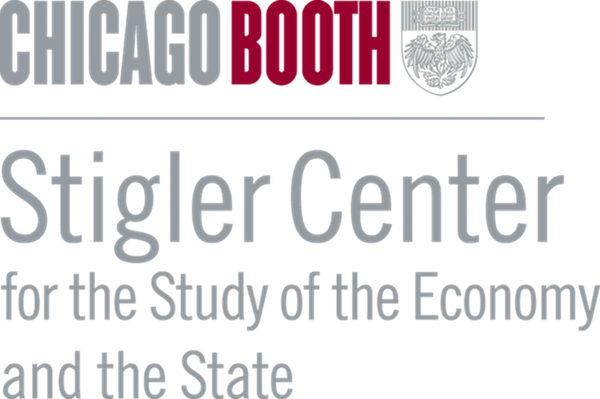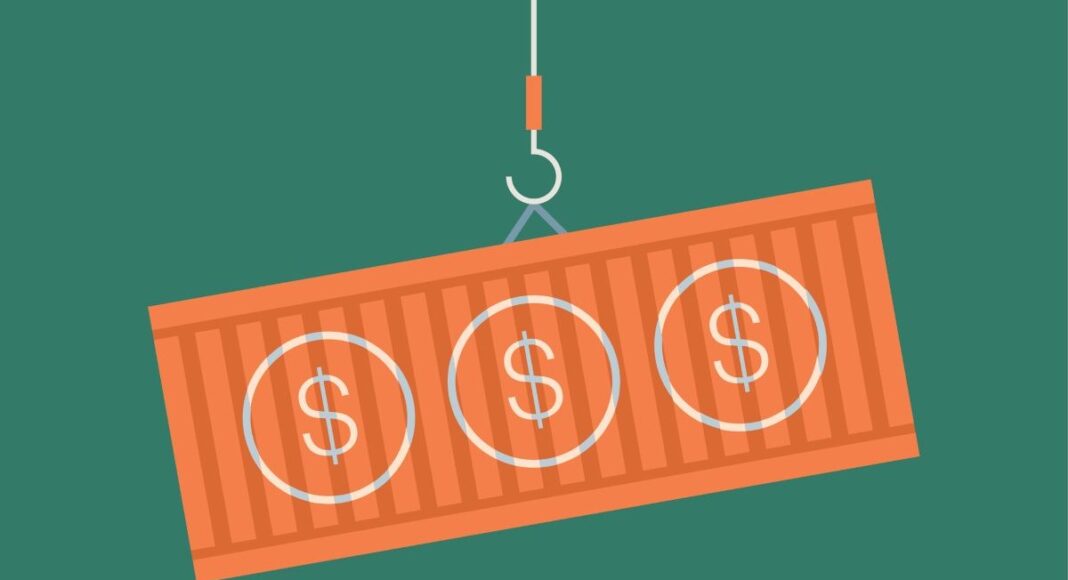Many studies have assumed that United States tariff costs are passed onto consumers. In new research, Vanessa Alviarez, Michele Fioretti, Ken Kikkawa, and Monica Morlacco argue that buyer-seller relationship dynamics allow dominant U.S. importers to instead force higher costs onto exporters.
President Donald Trump’s administration imposed tariffs on hundreds of billions of dollars of imports in 2018, specifically targeting steel and aluminum from China. The big question for Americans was: who paid? Conventional wisdom—and much of the academic literature—argued that United States consumers bore the brunt, with higher prices at the checkout. But a closer look at how trade actually works suggests a more complex story: in many cases, large American buyers shifted the costs back onto their foreign suppliers.
In our new paper, we analyze detailed U.S. customs data to study how buyers and sellers respond to the costs of tariffs. Our central finding is that U.S. importers, particularly dominant ones, wield considerable power in negotiations, allowing them to cushion themselves from tariff shocks. Exporters, by contrast, absorb much of the burden through reduced margins and lower costs.
Beyond anonymous markets
Most trade models assume a market where the identities of both parties are anonymous, so when exporters post a price, buyers take it. Consequently, tariffs mechanically raise costs for both parties—and hence final consumers—regardless of the influence of market power. But in practice, most trade flows are embedded in ongoing relationships between firms. A U.S. carmaker may source transmissions from the same Japanese supplier for years. A large retailer like Walmart may rely on long-standing garment factories in Bangladesh. These connections involve relationship-specific investments, switching costs, and reputational ties.
In such settings, prices are not dictated solely by marginal costs but by bargaining. Suppliers with few competitors can extract higher prices—classic oligopoly power. But large buyers who represent a big share of a supplier’s sales can push prices down—an exercise of oligopsony power. The outcome is shaped by the relative strength of each side’s outside options: whether a buyer can easily find alternative suppliers, and whether a supplier can readily replace a buyer.
A bargaining lens on tariffs
Our paper develops a formal framework for how prices are set under “two-sided market power” and then tests it with transaction-level U.S. import data. The results are striking: U.S. importers hold on average four times more bargaining power than their suppliers. This imbalance means that foreign exporters frequently sell at very low markups, and sometimes even at prices close to or below marginal cost when negotiating with buyers accounting for a large fraction of their sales, since losing such clients would both reduce revenues and raise costs for serving others under decreasing returns to scale.
The effects became especially visible during the 2018 tariff war. At the product level, prior studies using aggregate data (such as the average price or worth of a unit, known as a unit value, across all imports) concluded that the costs of the tariff passed through to the importers—and their end consumers—by the exporters was nearly complete: tariffs raised import prices one-for-one. But when the authors zoomed in on repeated relationships between specific U.S. importers and foreign exporters, they found something different. Pass-through was only about 65–70 percent.
That gap matters. It means that rather than simply being passed along to U.S. consumers, a substantial portion of tariff costs were absorbed by foreign firms. But crucially, not all U.S. firms experienced this equally. Large buyers with significant bargaining power paid less. Smaller importers faced higher prices.
How buyers shift the costs
Consider two theoretical examples:
- Walmart and apparel imports. As the world’s largest retailer, Walmart sources from thousands of factories worldwide. For a Bangladeshi supplier, losing Walmart as a client would be catastrophic. When tariffs hit clothing imports, Walmart could use its leverage to negotiate lower pre-duty prices, ensuring the tariff had less effect on its shelf prices. Smaller U.S. retailers without that leverage, by contrast, would have to swallow higher costs.
- Apple and electronics supply chains. Apple’s suppliers in China often depend heavily on contracts for iPhones and related products. When tariffs targeted electronics, Apple’s central role as a buyer meant it could press suppliers to absorb part of the added cost. Smaller device makers importing similar components did not have that bargaining chip.
These mechanisms show why looking at aggregate prices can be misleading. Product-level unit values average across Walmart, Apple, and countless smaller firms. But at the relationship level, the impact of tariffs on import prices varies: big buyers shield themselves, small ones pay more, and foreign suppliers often eat the difference.
Why costs matter more than markups
An important insight of the paper is that most of the adjustment came not from suppliers cutting their markups strategically, but from scaling back production in response to weaker demand from large buyers and reducing their production costs per unit (assuming that there were increasing marginal costs to production). This muted price effect contrasts with the prevailing narrative that the incomplete pass-through of higher prices due to tariffs is mainly about suppliers simply cutting the prices of the final export or “pricing to market.”
The evidence suggests that bargaining power interacts with supply constraints. Exporters with little outside demand had little choice but to keep producing at lower margins to preserve relationships. In effect, tariffs reduced foreign suppliers’ profits without dramatically raising U.S. prices—at least for the biggest buyers.
The findings carry several broader implications.
First, they suggest that the impact of tariffs on imported consumer goods is uneven. Policymakers often ask whether “U.S. consumers” or “foreign exporters” pay. The reality is more nuanced: which U.S. consumers pay depends on which firms they buy from. Customers of dominant retailers may be insulated, while those relying on smaller importers may see higher prices.
Second, the results highlight how market power shapes global supply chains. If large buyers capture most of the surplus, suppliers are left financially weaker and less resilient. This can have long-term consequences. For example, smaller garment factories forced to absorb tariff costs may cut investment in safety or labor standards. Auto suppliers squeezed by importers may be less able to innovate or diversify.
Third, the study reframes debates about protectionism. Tariffs are often justified as tools to protect domestic producers or rebalance trade. But in reality, their incidence is filtered through webs of firm-to-firm bargaining. Policies that look symmetric on paper can have asymmetric effects in practice, amplifying inequalities between large and small firms.
Policy and governance implications
For competition policy, the results suggest that buyer power deserves more attention. Antitrust enforcement has traditionally focused on monopolistic sellers. Yet in global supply chains, monopsonistic buyers can be just as influential, shifting costs and shaping outcomes for workers, suppliers, and consumers alike.
For trade policy, the findings underline that tariffs are blunt instruments. They interact with existing power structures, and their effects vary widely depending on who is negotiating. Policymakers designing future trade interventions—whether tariffs, subsidies, or “friend-shoring” incentives—will need to account for the role of bargaining power in shaping incidence.
For corporate boards, the lesson is that visibility into supply chain relationships is strategic. Firms with greater leverage can withstand shocks more easily. But relying on squeezing suppliers carries risks: weakened suppliers may cut corners or exit the market, leaving buyers vulnerable when disruptions mount.
The 2018 trade war will not be the last test of global supply chains. Climate change, geopolitical tensions, and shifts in industrial policy will bring new trade shocks. In all these cases, the question of “who pays” will be mediated by firm-to-firm bargaining.
Our research makes clear that the answer cannot be reduced to simple aggregates like “consumers versus producers.” Instead, the distribution of the cost of tariffs depends on the market power of buyers. Understanding those dynamics—who holds leverage, how relationships are structured, and how costs are shifted—will be critical for any serious debate about the future of globalization.
Author Disclosure: The author reports no conflicts of interest. You can read our disclosure policy here.
Articles represent the opinions of their writers, not necessarily those of the University of Chicago, the Booth School of Business, or its faculty.
Subscribe here for ProMarket’s weekly newsletter, Special Interest, to stay up to date on ProMarket’s coverage of the political economy and other content from the Stigler Center.







